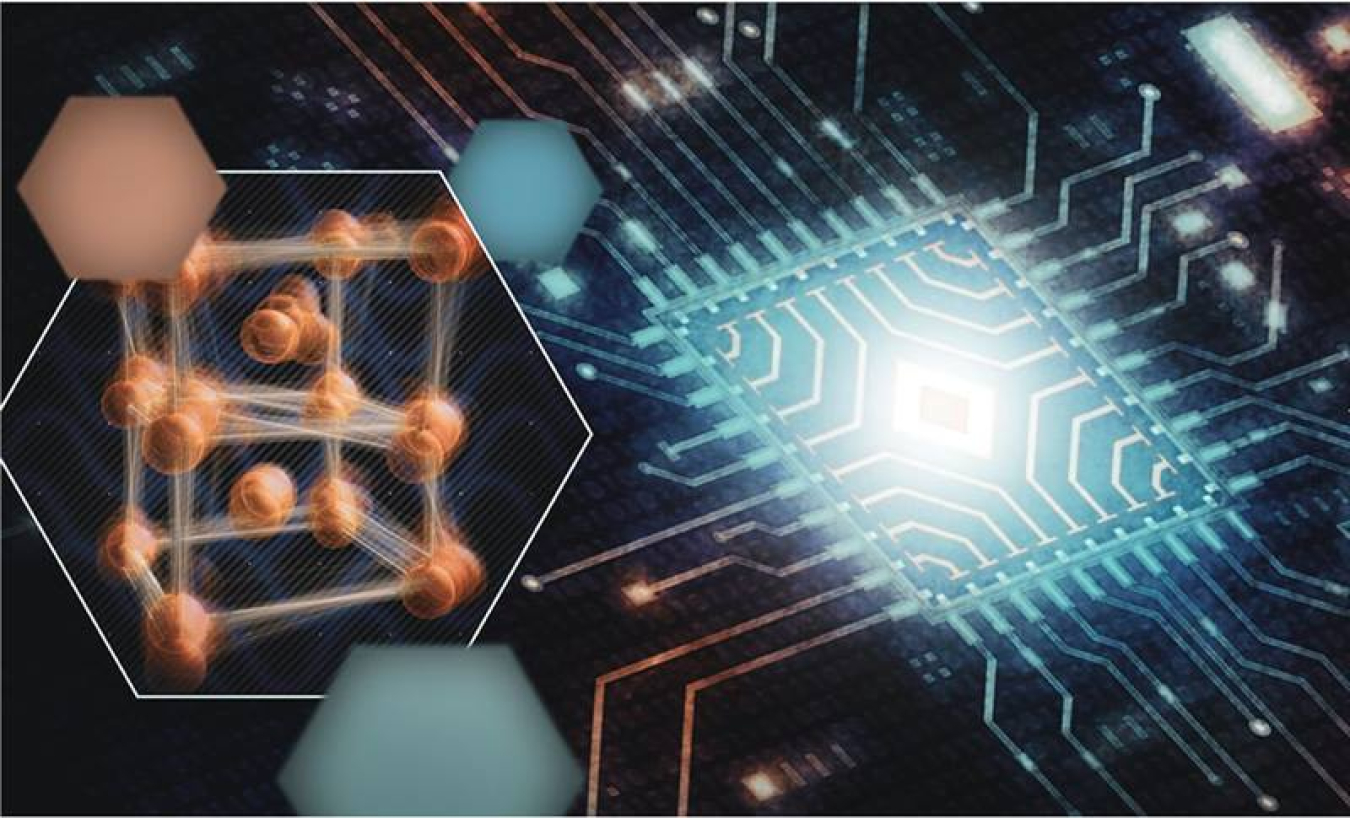
The Science
For the first time, researchers have used ultrafast electron diffraction (UED), an ultrafast camera for detecting tiny atomic movements, to observe a quantum electronic device as it operates. The electronic device in this research is a custom-designed miniature switch made of vanadium dioxide. This material can switch between electrically insulating and conducting states. The researchers toggled the switches electrically while taking snapshots that showed subtle changes in the atomic arrangement over millionths of a second. These changes correlated with the time-dependent flow of electrons through the switch, enabling the discovery of a short-lived intermediate state. This finding could lead to faster and more energy-efficient computing devices.
The Impact
This research reports on the operation of electronic switches based on vanadium dioxide, a quantum material. The results identify the ultimate limits to the device’s switching speed and show that the switch operates over millions of cycles. These insights may lead to engineering the material to make the newly discovered state more stable and longer lasting. These advances could enable devices in which switching occurs with minimal atomic motion, enabling faster operation and requiring lesser energy. This approach may also lead to new ways of using pulsed electric fields to create novel materials with useful properties.
Summary
Microelectronic devices are the brain and heart of smart phones and modern communication networks. Today’s transistors are reaching their fundamental limits of energy consumption. This creates a need for more energy efficient and fundamentally new switching devices for future brain-inspired neuromorphic computing, and microelectronics. Such devices intrinsically involve fast dynamical processes and subtle atomic-scale distortions, requiring new ways of characterizing these devices as they function. In this research, a team of scientists from SLAC National Accelerator Laboratory, Stanford University, Pennsylvania State University, Purdue University, and Hewlett Packard Labs observed for the first time the atomic and electronic movements as miniature vanadium dioxide-based switches operated. The team discovered a short-lived state that could lead to faster and more energy-efficient switching. The research also provides invaluable data on microscopic phenomena that occur during device operations, which is crucial for designing circuit models in the future. Finally, the research offers a new way of designing materials that do not exist under natural conditions, allowing scientists to observe them on ultrafast timescales and then potentially tune their properties. This approach will enable the creation of next-generation electronic devices that can meet the world’s growing needs for data-intensive, intelligent computing.
Contact
Aaron M. Lindenberg
SLAC National Accelerator Laboratory/Stanford University
[email protected]
Xijie Wang
SLAC National Accelerator Laboratory
[email protected]
Funding
This research was supported by the Department of Energy (DOE) Office of Science, Basic Energy Sciences, Materials Sciences and Engineering Division (including support for computational work at Pennsylvania State University) and Scientific User Facilities Division. Support was also provided by the National Science Foundation and the Air Force Office of Scientific Research. The research included use of the MeV-UED at the Linac Coherent Light Source, a DOE Office of Science user facility at the SLAC National Accelerator Laboratory.
Publications
Sood, A., et al., Universal phase dynamics in VO2 switches revealed by ultrafast operando diffraction. Science 373, 352 (2021). [DOI: 10.1126/science.abc0652]
Related Links
Scientists take first snapshots of ultrafast switching in a quantum electronic device, SLAC news release
Physics World: ‘Stop-motion movie of atoms’ reveals short-lived state in nanoscale switch
IEEE Spectrum: Insulator-Conductor Transition Points Toward Ultra-Efficient Computing: Fast atomic movements are revealed for first time

